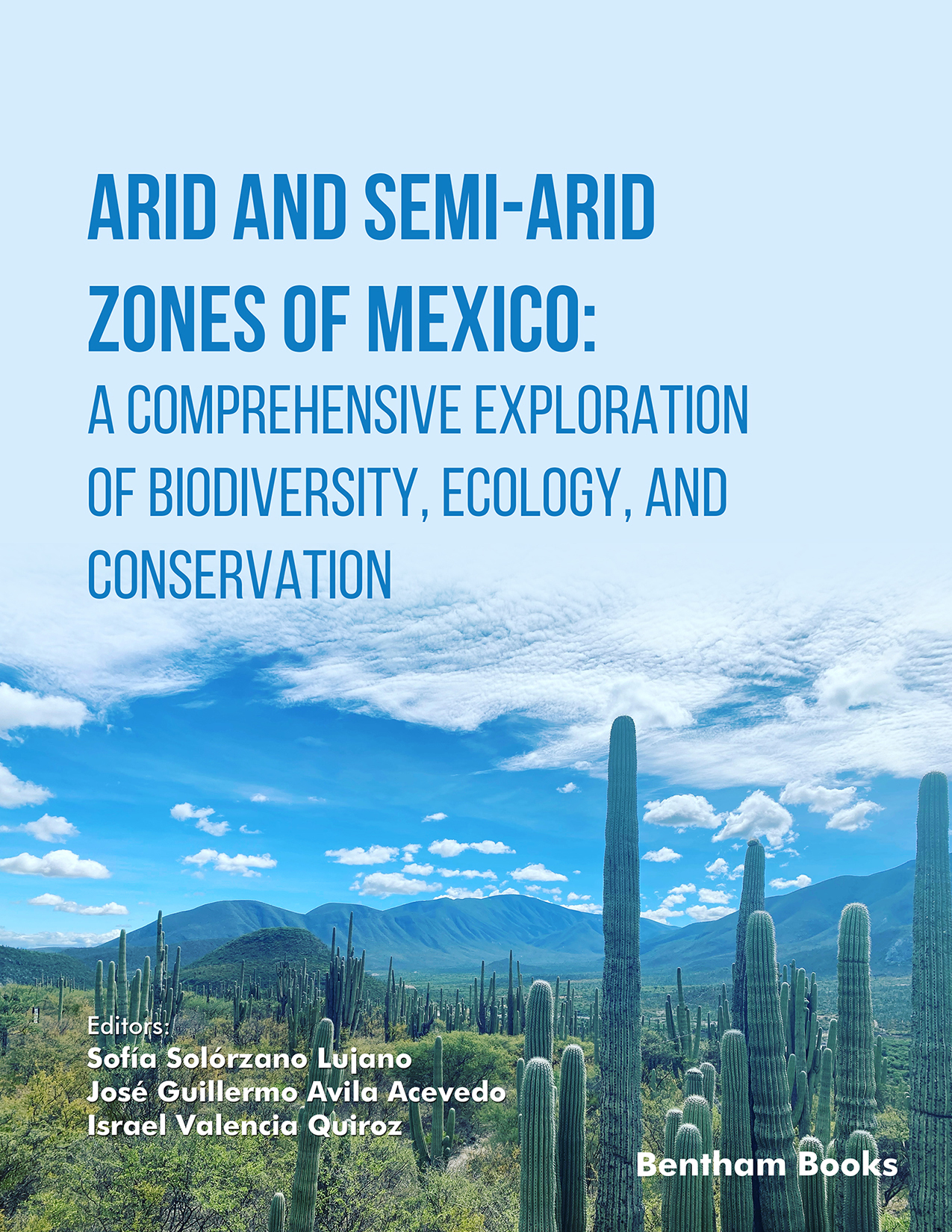Introduction
Arid and Semi-Arid Zones of Mexico: A Comprehensive Exploration of Biodiversity, Ecology, and Conservation is an in-depth, multidisciplinary examination of one of Mexico’s most ecologically distinctive and biologically rich landscapes. Comprising 14 chapters authored by subject-matter experts, this reference work investigates the climatic, physical, and biological characteristics of Mexico’s principal arid and semi-arid regions.
The volume presents detailed assessments of emblematic plant and animal species, while also exploring the ecological roles of nursery processes and the consequences of human activity on fragile desert ecosystems. Conservation priorities are addressed through evaluations of protected natural areas and the safeguarding of native germplasm resources. Additionally, the contributors document the medicinal and biologically active products derived from arid-zone flora, highlighting their ecological and cultural significance.
Each chapter integrates case studies and findings from Mexico’s key arid regions — the Baja California Peninsula, Chihuahuan Desert, Sonoran Desert, and Tehuacán-Cuicatlán Valley.
Key Features:
- - Comprehensive ecological, biological, and conservation analysis of Mexico’s arid and semi-arid regions
- - In-depth focus on emblematic fauna and flora
- - Examination of ecological processes, human impacts, and conservation strategies
- - Assessment of protected areas and germplasm conservation efforts using cacti as umbrella taxa
- - Documentation of natural products with medicinal and biological applications
- - Integrative analyses across four major arid regions, highlighting ecological patterns and biodiversity trends
Readership
Suitable for students, researchers, naturalists, and readers interested in desert ecology, conservation biology, and sustainable resource management

